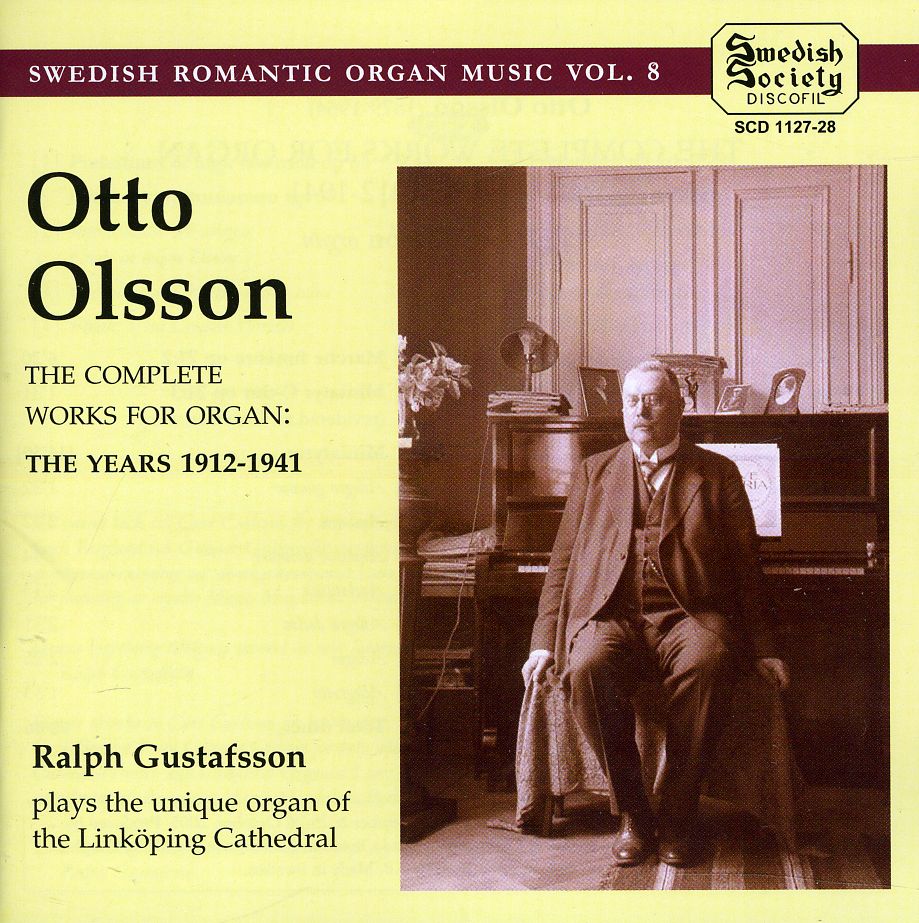
GREENSTEIN / SIROTA / MCVINNIE
product information
Condition: New,
UPC: 8803196132270,
Publication Date: 03/26/2013,
Type: COMPACT DISC,
Style: CLASSICAL/CHAMBER MUSIC & RECITALS,
description
tracks
In Teaching Others We Teach OurselvesFrom The Invisible To The Visible
Tooth And Nail
Étude 3
Tristan Da Cunha
Sleep Variations
notes
There is no Bach on Baroque; no Handel, Telemann or Vivaldi. This is the music of the 21st Century, not the 17th, and the composers are violist Nadia Sirota’s friends—who just happen to include some of the most respected musicians of our own moment.The six pieces on Baroque were written with Sirota’s distinctive sound in mind and recorded (by her longtime collaborators at Bedroom Community) to exaggerate the idiosyncracies of her tone. Fellow labelmates Nico Muhly, Daníel Bjarnason and Paul Corley provide three pieces, while composers Judd Greenstein, Shara Worden and Missy Mazzoli provide the other three.
Baroque , as the title of the album, references a number of things; the concerto form - balancing a soloist against ensemble accompaniment - is an invention of the Baroque era, so while there are concerti here, of a sort, they’re concerti of a decidedly more portable variety. Both Judd Greenstein’s “In Teaching Others We Teach Ourselves”, whose intimate ensemble accompaniment opens the album with a different paradigm of “solo” versus “tutti” than more famous efforts in the form, and the self-aware symphonics of Daníel Bjarnason’s There is no Bach on Baroque; no Handel, Telemann or Vivaldi. This is the music of the 21st Century, not the 17th, and the composers are violist Nadia Sirota’s friends—who just happen to include some of the most respected musicians of our own moment.
The six pieces on Baroque were written with Sirota’s distinctive sound in mind and recorded (by her longtime collaborators at Bedroom Community) to exaggerate the idiosyncracies of her tone. Fellow labelmates Nico Muhly, Daníel Bjarnason and Paul Corley provide three pieces, while composers Judd Greenstein, Shara Worden and Missy Mazzoli provide the other three.
Baroque , as the title of the album, references a number of things; the concerto form - balancing a soloist against ensemble accompaniment - is an invention of the Baroque era, so while there are concerti here, of a sort, they’re concerti of a decidedly more portable variety. Both Judd Greenstein’s “In Teaching Others We Teach Ourselves”, whose intimate ensemble accompaniment opens the album with a different paradigm of “solo” versus “tutti” than more famous efforts in the form, and the self-aware symphonics of Daníel Bjarnason’s
member goods
No member items were found under this heading.
Return Policy
All sales are final
Shipping
No special shipping considerations available.
Shipping fees determined at checkout.







